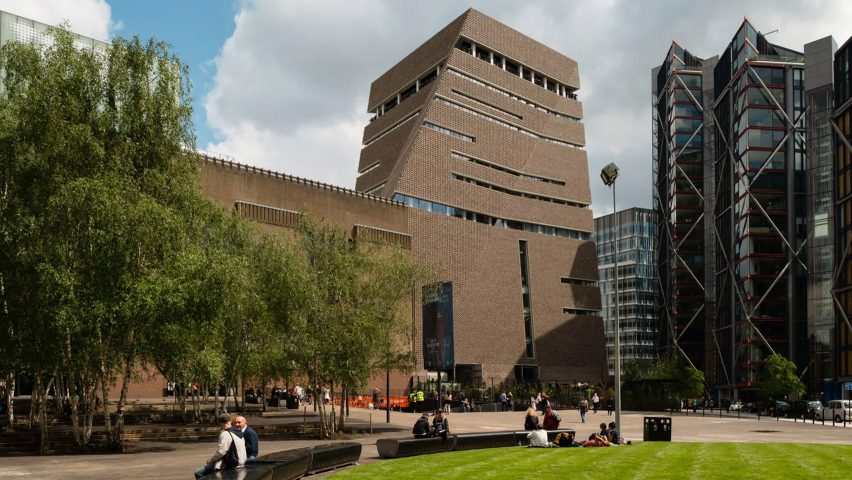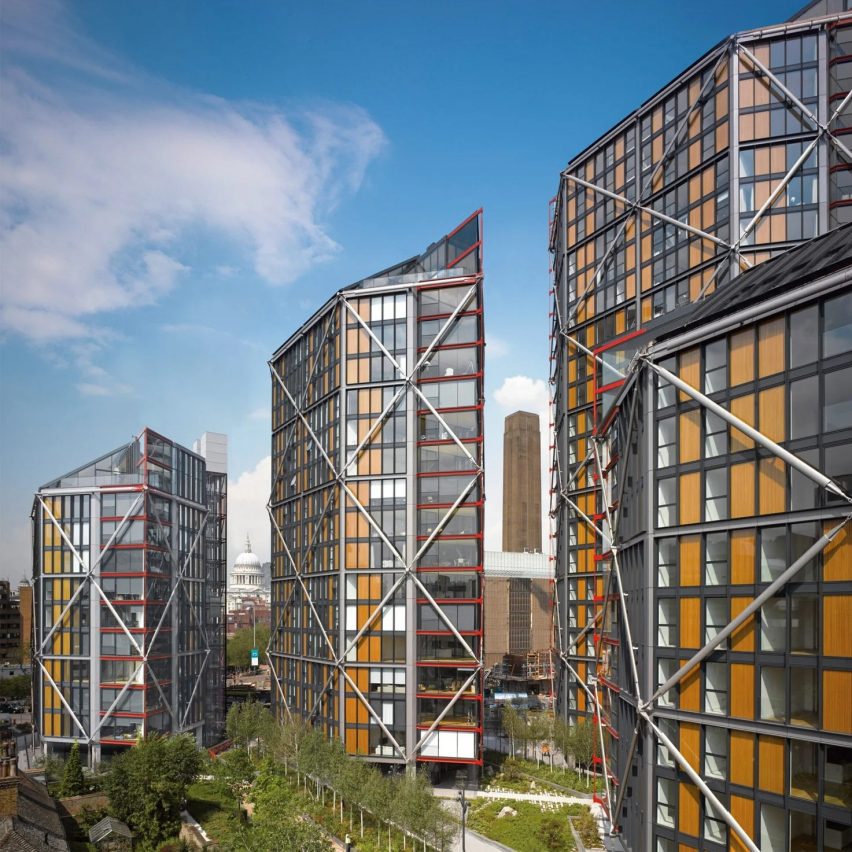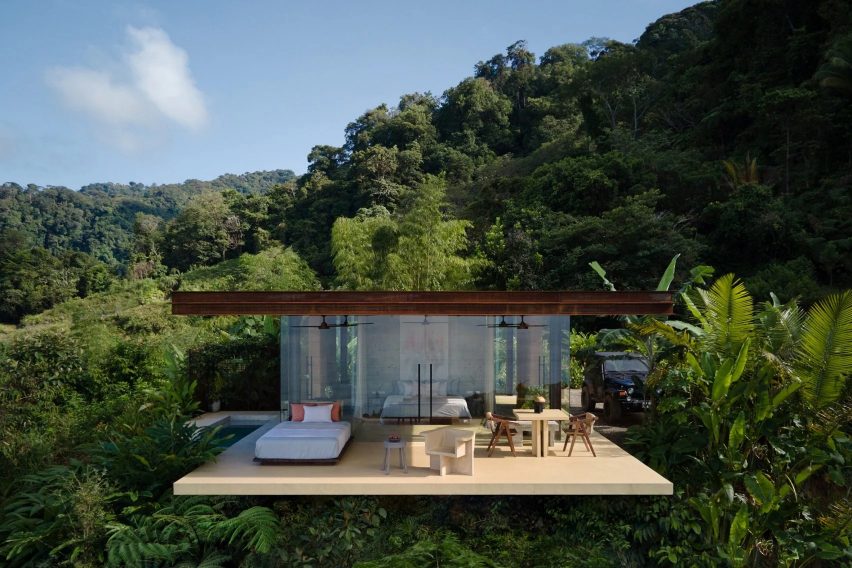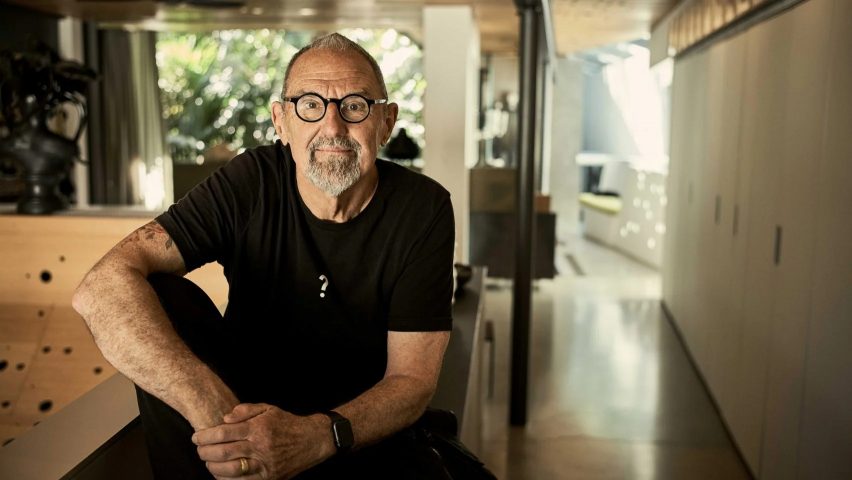
"Does this ruling only apply to the ultra-wealthy?" says commenter
In this week's comments update, readers are discussing the outcome of Tate Modern's supreme court privacy case and debating Formafatel's pair of rammed-earth villas in Costa Rica.
The supreme court last week ruled that residents of the luxury Neo Bankside flats on the south bank of the Thames live as though they are "on display in a zoo" because of Tate Modern's Herzog & de Meuron-designed viewing platform.
Neo Bankside residents brought the winning case to the supreme court following its dismissal from both the high court in 2019 and the court of appeals in 2022.

"What an anti-urban ruling"
Dezeen readers were largely unimpressed by the judgement, with commenter Prado Sellinder calling it "anti-urban".
"Don't live in a glass tower in the city centre if you don't want anyone to see you," they argued. "What precedent does this set across the city? Or does this ruling only apply to the ultra-wealthy?"
Commenter Think, meanwhile, proposed an unconventional solution to the highly publicised dispute. "An enterprising resident should have just rented out an apartment as a shooting location for adult entertainment," they wrote. "Suspect a screen would have gone up at the Tate pretty quick."
Of the few commenters who sided with the supreme court, Jonno55 thought the fault lay with "the planners and designers who didn't foresee this situation arising during the design and approvals stage".
"This judgement feels right to me, and the steps taken to prevent it from opening the floodgates to hundreds of less acute and unique grievances are prudent," they added.
What are your thoughts on the ruling? Join the discussion ›

"Nice architecture, but not in touch with the environment where it stands"
Commenters were conflicted over Formafatal's pair of rammed earth villas on a jungled hillside in Costa Rica.
"Just lovely, but I was surprised to see the second just three meters away," wrote Steve Hassler. "Not much privacy,"
Fernando Dobles was also concerned about the project's practicality, commenting "whoever has ever seen an October downpour in Costa Rica will understand how flawed the external living areas are. Nice architecture, but not in touch with the environment where it stands."
Jb was among the commenters who were cynical about the project's use of rammed earth. "The mud was a laughable attempt to divert attention from the architect's very obvious obsession with glass steel and concrete modernism," they wrote.
Do you think the project prioritises form over function? Join the discussion ›

"Maybe practise what you preach?"
A recent talk by Morphosis founder Thom Mayne, in which the architect hinted at his involvement in a "big planning thing in Saudi Arabia", sparked a flurry of debate in our comments section. His comments further fuelled speculation that his studio is designing The Line.
"Good luck to Thom Mayne for taking responsibility for the 170-kilometre-long non-architectural joke," commented Pa varreon.
Dimitris Tsekeris agreed: "I always admired Mayne for his views on the urban environment's complexity. I could never in my life believe that he would participate in something as simple-minded and moronic as a 170-kilometre, mirror-clad skyscraper."
"Everything he says here hits the nail on the head and is something everyone in architecture needs to understand," wrote CallMeCatbread in response to Mayne's comments on architecture's need to focus on "broader issues".
"That said," they continued, "it's not like Morphosis itself really exemplifies any of this and their involvement in The Line is despicable and to the detriment of the rest of the profession. So maybe practise what you preach?"
What do you make of Mayne's comments? Join the discussion ›

"A sticking plaster on a gaping wound"
Another interview that got readers talking this week was with ProxyAddress founder Chris Hildrey, who told Dezeen "an architect who only designs buildings is like a doctor who only prescribes paracetamol."
The architect founded ProxyAddress in 2018, which is a social enterprise that provides people experiencing homelessness with a fixed address.
"Great initiative!" wrote Krisztian Nyuzo. "The lack of comments show where people's priorities lie though (shiny skyscrapers)."
Milton Welch agreed, saying "the title prompted me to think that the article is about 'an architect as a lid for just about any pot'. Pleasantly surprised".
Ralph Kent, however, took a different view, likening the social enterprise to "a sticking plaster on a gaping wound". "It's an interesting point but you could also argue that ProxyAddress doesn't really address the issue of homelessness to any meaningful degree," they wrote.
What do you think? Join the discussion ›
Comments update
Dezeen is the world's most commented architecture and design magazine, receiving thousands of comments each month from readers. Keep up to date on the latest discussions on our comments page and subscribe to our weekly Debate newsletter, where we feature the best reader comments from stories in the last seven days.